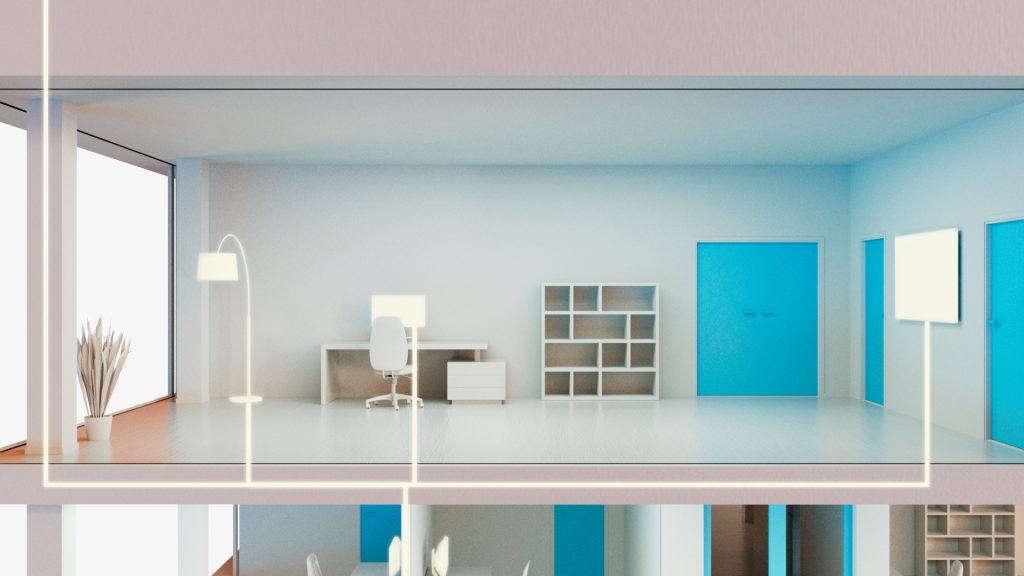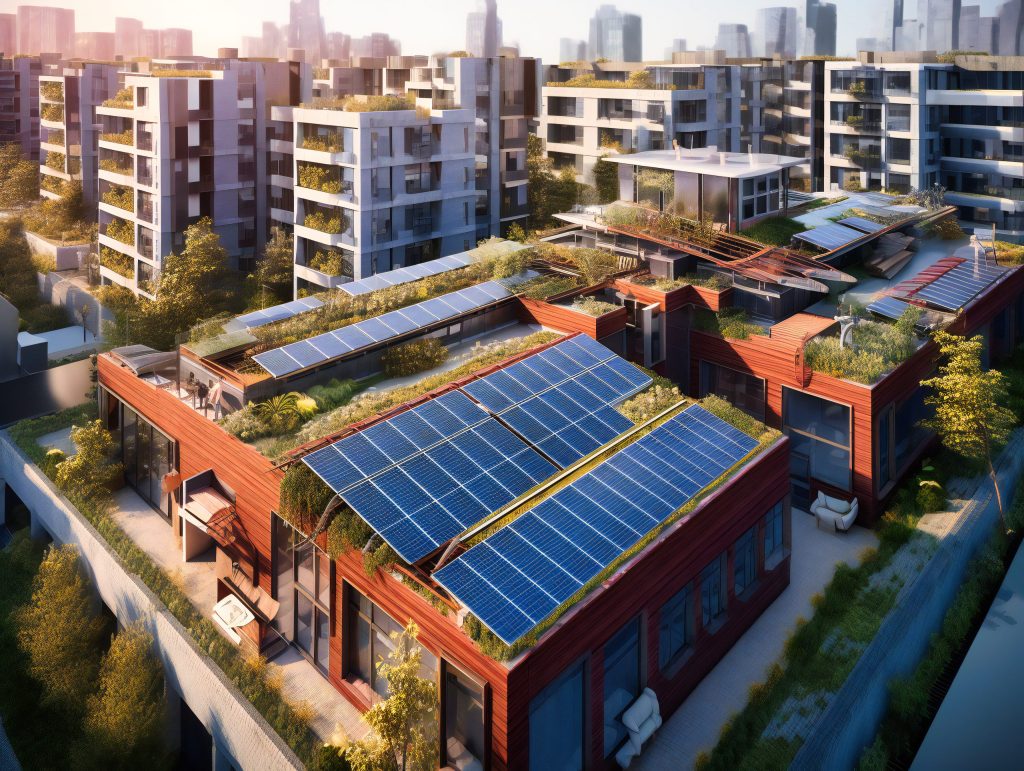Sustainable building is an increasingly necessary activity in our society and requires great attention. Sustainable building is an increasingly necessary activity in our society and requires great attention.
In this article, we present the key ideas to be aware of how to build responsibly and sustainably.

What does it mean to build sustainably?
Ecological building or green construction are some of the terms used to refer to this form of sustainable building. The aim of this approach is to reduce the consumption of natural resources, greenhouse gas emissions, waste generation... among many other harmful activities.
Building according to the dynamics of sustainability involves a comprehensive process that ranges from the selection of materials to the design of efficient energy systems. A series of fundamental processes that guide the construction process.
Principles of Sustainable Building
The principles on which sustainable building is based can be classified as follows:
Energy efficiency
Considering in a reasoned manner the design of our project to carry out a construction in which it is possible to reduce energy consumption.
Efficient Use of Water
Keep this concept in mind and avoid unnecessary water waste. Avoid excessive use of drinking water, take advantage of rainwater, and use water collection and reuse systems.
Selection of Sustainable Materials
Prioritize the use of recycled materials, with low negative environmental impact, and recycled elements.
Indoor Air Quality
Create an indoor environment with good ventilation and use materials that do not create a toxic environment inside the building.
Thermal Comfort
Design buildings that respond to the prevailing climate of the environment, with little need for heating, artificial ventilation, or any other type of cooling.

Keys to Building Responsibly
As we know, construction is one of the human activities that has the greatest impact on the environment and nature itself. The construction sector is responsible for a third of global greenhouse gas emissions, 40% of the world’s energy consumption, and the generation of a large amount of waste.
Therefore, it is no trivial matter to have well-defined construction guidelines to ensure that it is sustainable and responsible.
Bioclimatic Design:
Talking about this type of design emphasizes important factors such as solar orientation. Take advantage of the benefits of sunlight both in terms of brightness and as a form of natural heating to reduce these needs.
Natural Ventilation:
Construct buildings that allow natural ventilation and air flow to reduce the need for artificial ventilation.
Utilize Thermal Inertia:
Use materials that allow optimal utilization of heat. Among them, we highlight stone or adobe. They regulate the thermal temperature of the building’s interior.
Pay Attention to Energy Efficiency
Here we talk about using efficient technologies, implementing renewable energies, optimizing the design of the building envelope…
Select Sustainable Materials:
As we mentioned before, use materials that have been recycled, local materials, or materials with low environmental impact. Among some of them, we can highlight non-toxic paints, certified wood…
Waste Management:
It is necessary to have a well-planned waste management plan during the construction of the building and during its use. It is necessary to minimize the production of these wastes and manage those that are generated in an appropriate manner.
In addition, an activity of great importance and impact is to separate these generated wastes into different categories so that they can either be reused or recycled.
Durability of the Constructed:
One of the guidelines that sustainable building must follow is the durability of the building as a result of the construction. The longer the active and useful life of the building, the less likely it will need to be demolished. This also creates a benefit for the environment since no pollution is generated from the resulting waste.
Benefits of This Type of Building
Reduction of Environmental Impact:
This type of building does its part to combat climate change and its resulting effects. It reduces the carbon footprint of buildings.
Increase in Property Value:
Buildings constructed under the dynamics of sustainable building often subsequently have an increase in market value.
Cost Savings:
Optimization of resources during the construction of buildings. This translates into lower bills for electricity, water, energy…
Improvement of Health and Well-being:
Great attention is paid to ensuring that the interior spaces created are quality environments. Comfortable and healthy spaces for the people who will occupy them.
Contribution to the Creation of More Sustainable Cities:
Promotion of sustainable and resilient urban development.
At Solum, we promote carrying out this type of construction based on sustainability. Making construction a responsible practice and a safe place where the possibility of moving with a personal mobility vehicle is a reality.








